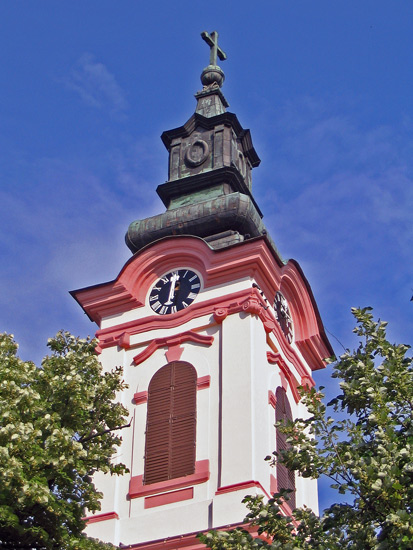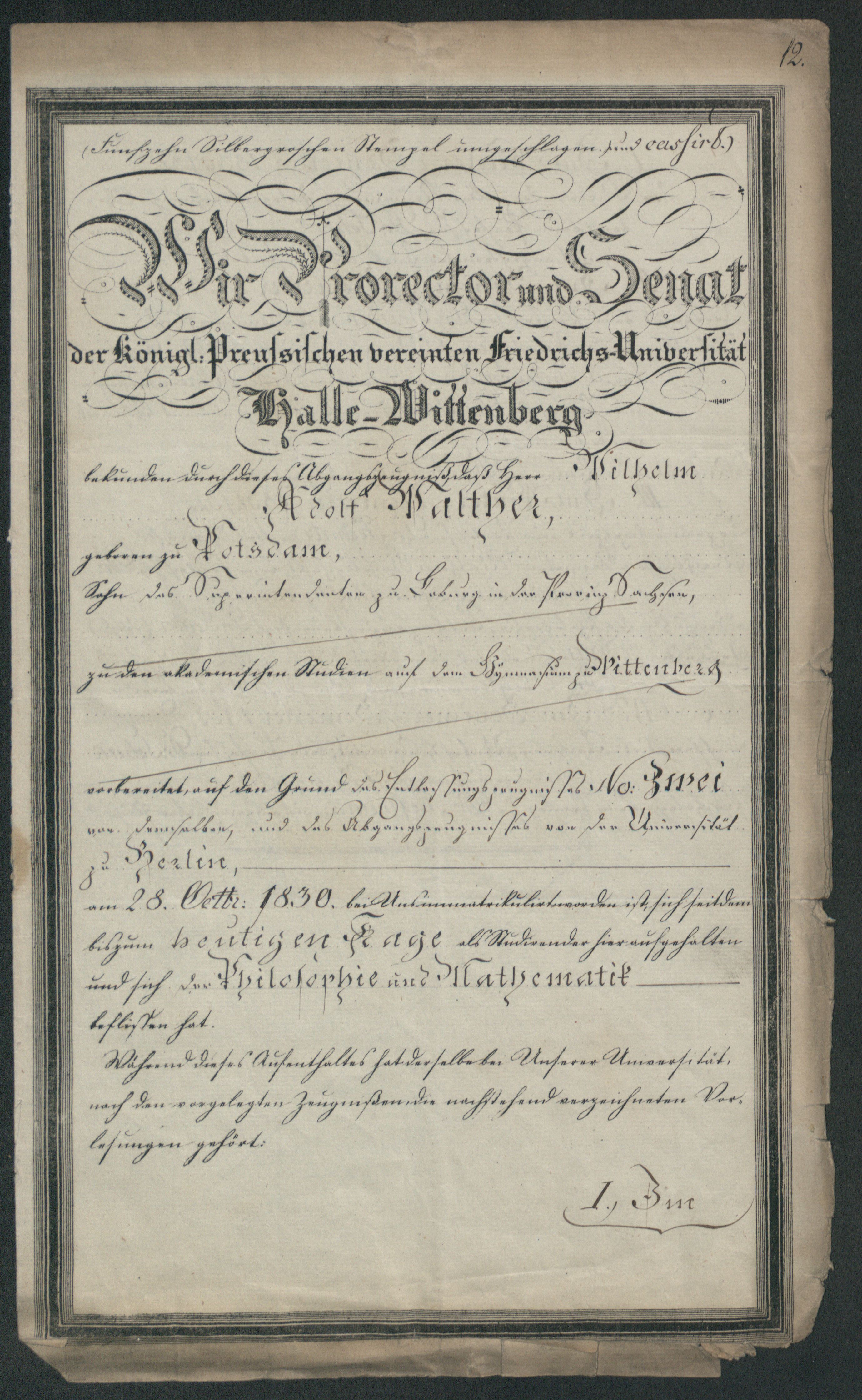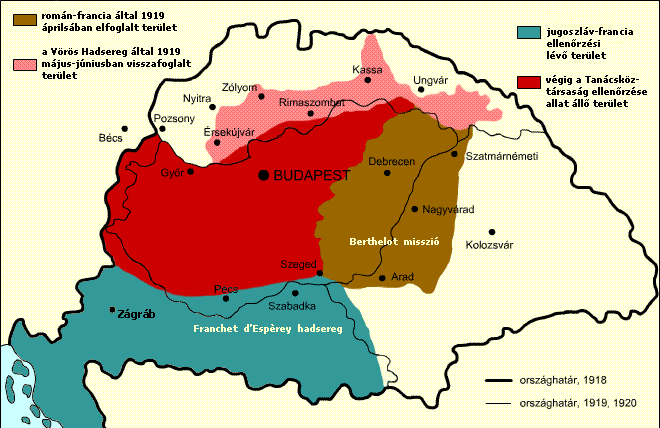|
Erzsébet Czobor
Baroness Erzsébet Czobor de Czoborszentmihály (1572 – 31 March 1626) was the second wife of Palatine György Thurzó. Biography Her parents were Imre Czobor, who served as Palatinal Governor of Hungary between 1572 and 1581, and his third wife, Borbála Perényi de Perény. Thurzó and Erzsébet married on 2 February 1592 in ''Sasvár'' (today part of Šaštín-Stráže, Slovakia). They had several children: *János, died young *Borbála, she married twice: **30 September 1612: Count Kristóf Erdődy de Monyorókerék et Monoszló (d. 1621) **29 January 1629 ( Zólyom): Count János Draskovich de Trakostyán, Palatine of Hungary (1646–1648) *Ilona, married to Count Gáspár Illésházy (d. 1648) * Imre (11 September 1598 – 19 October 1621), Perpetual Ispán (Count; ''comes'') of Árva County and Rector of the University of Wittenberg (1616–1621), the last male member of the Thurzó family The House of Thurzó (; ) was a Hungarian noble family from the 15th century ... [...More Info...] [...Related Items...] OR: [Wikipedia] [Google] [Baidu] |
Sombor
Sombor ( sr-Cyrl, Сомбор, ; ; ) is a List of cities in Serbia, city and the administrative center of the West Bačka District in the autonomous province of Vojvodina, Serbia. The city has a total population of 41,814 (), while its administrative area (including neighboring villages) has 70,818 inhabitants. Name and etymology In Serbian language, Serbian, the city is known as ''Sombor'' (Сомбор), in Hungarian language, Hungarian as ''Zombor'', in Pannonian Rusyn language, Rusyn as ''Zombor'' (Зомбор). The older Hungarian name for the city was ''Czoborszentmihály''. The name originates from the Czobor family, who were the owners of this area in the 14th century. (The family name came from the Slavic name ''Cibor''.) The Serbian language, Serbian name for the city ''(Sombor)'' also came from the family name Czobor, and was first recorded in 1543, although the city was mentioned in historical documents under several more names, such as ''Samobor, Sambor, Sambir, ... [...More Info...] [...Related Items...] OR: [Wikipedia] [Google] [Baidu] |
Ivan III Drašković
Ivan III Drašković (; , (Trakošćan, 13 March 1595(?) or 1603 – Óvár (Kingdom of Hungary), 5 August 1648), was a Croato- Hungarian warrior and statesman, a member of the Drašković noble family. He served as Palatine of Hungary from 1646 until his death. Biography Family and education Count Ivan III Drašković was a son of Ivan II Petar Drašković and his wife Eva Drašković née Istvánffy. Educated in Graz, Austria, where he finished philosophy studies, and in Bologna, Italy, where he graduated in law, Drašković spoke several foreign languages. He was also enrolled at the Classical gymnasium in Zagreb.Goldstein, Ivo - Szabo, Agneza, Povijest zagrebačke Klasične gimnazije (1607. - 2007.), Zagreb, 2007., str. 22, On 29 January 1629 he married Barbara Thurzó, a Hungarian countess, and they had five children, among which two sons, John IV and Nicholas II. Political and military career During his lifetime, the Drašković family achieved the highest point ... [...More Info...] [...Related Items...] OR: [Wikipedia] [Google] [Baidu] |
1621 Deaths
Events January–March * January 12 – Şehzade Mehmed (son of Ahmed I), Şehzade Mehmed, the 15-year old half-brother of Ottoman Sultan Osman II, is put to death by hanging on Osman's orders. Before dying, Mehmed prays aloud that Osman's reign as Sultan be ruined. * January 18 – The Dutch East India Company formally names its fortress at Jayakarta in Indonesia, calling it Jakarta, Batavia. Upon the independence of the Dutch East Indies as Indonesia in 1945, Batavia will be renamed Jakarta. * January 22 – The Tianqi (era), Tianqi era begins in Ming Dynasty China, six months after Zhu Changluo becomes the Taichang Emperor. * January 24 – Twelve days after the murder of Prince Mehmed on orders of Sultan Osman II, Constantinople is hit by bitter winter weather, leading to rioting by persons who believe that the punishment of Osman is the will of Allah. * January 28 – Pope Paul V (Camillo Borghese) dies at the age of 70 after 15 years as Pont ... [...More Info...] [...Related Items...] OR: [Wikipedia] [Google] [Baidu] |
1572 Births
Year 1572 ( MDLXXII) was a leap year starting on Tuesday of the Julian calendar. Events January–March * January 16 – Thomas Howard, 4th Duke of Norfolk, is tried for treason, for his part in the Ridolfi plot to restore Catholicism in England. He is executed on June 2. * February 13 – Elizabeth I of England issues a proclamation which revokes all commissions, on account of the frauds which they had fostered. * February 19 – Harrow School is founded, with a royal charter from Queen Elizabeth I of England. * February 28 – In what is now the Rajasthan state in India, Maharana Pratap is crowned as the new Rana of Mewar at the Kingdom's capital at Udaipur after the death of his father, Udai Singh II. * March 2 – Mem de Sá, the Portuguese Governor-General of Brazil, dies after 14 years in office. He is succeeded by Lourenço da Veiga. * March 11 – Pope Pius V issues the papal bull ''Supremi omnipotentis Dei'', granting an indulge ... [...More Info...] [...Related Items...] OR: [Wikipedia] [Google] [Baidu] |
Imre Thököly
Imre () is a Hungarian masculine first name, which is also in Estonian use, where the corresponding name day is 10 April. It has been suggested that it relates to the name Emeric, Emmerich or Heinrich. Its English equivalents are Emery and Henry. Bearers of the name include the following (who generally held Hungarian nationality, unless otherwise noted): * Imre Antal (1935–2008), pianist * Imre Bajor (1957–2014), actor * Imre Bebek (d. 1395), baron * Imre Bródy (1891–1944), physicist * Imre Bujdosó (b. 1959), Olympic fencer * Imre Csáky (cardinal) (1672–1732), Roman Catholic cardinal * Imre Csermelyi (b. 1988), football player *Imre Cseszneky (1804–1874), agriculturist and patriot * Imre Csiszár (b. 1938), mathematician * Imre Csösz (b. 1969), Olympic judoka * Imre Czobor (1520–1581), Noble and statesman *Imre Czomba (b. 1972), Composer and musician * Imre Deme (b. 1983), football player * Imre Erdődy (1889–1973), Olympic gymnast * Imre Farkas (1879–1976 ... [...More Info...] [...Related Items...] OR: [Wikipedia] [Google] [Baidu] |
University Of Wittenberg
Martin Luther University Halle-Wittenberg (), also referred to as MLU, is a public research university in the cities of Halle and Wittenberg. It is the largest and oldest university in the German state of Saxony-Anhalt. MLU offers German and international (English) courses leading to academic degrees such as BA, BSc, MA, MSc, doctoral degrees, and habilitation. The university was created in 1817 through the merger of the University of Wittenberg (founded in 1502) and the University of Halle (founded in 1694). MLU is named after Protestant reformer Martin Luther, who was a professor in Wittenberg. Today, the university campus is located in Halle, while ''Leucorea Foundation'' in Wittenberg serves as MLU's convention centre. History University of Wittenberg (''Universität Wittenberg'') was founded in 1502 by Frederick the Wise, Elector of Saxony to propagate the principles of Renaissance humanism. The foundation of the university was heavily criticized, especially wh ... [...More Info...] [...Related Items...] OR: [Wikipedia] [Google] [Baidu] |
Rector (academia)
A rector (Latin language, Latin for 'ruler') is a senior official in an educational institution, and can refer to an official in either a university or a secondary school. Outside the English-speaking world, the rector is often the most senior official in a university, while in the United States, the equivalent is often referred to as the President (education), president, and in the United Kingdom and Commonwealth of Nations, the equivalent is the Vice-chancellor (education), vice-chancellor. The term and office of a rector can be referred to as a rectorate. The title is used widely in universities in EuropeEuropean nations where the word ''rector'' or a cognate thereof (''rektor'', ''recteur'', etc.) is used in referring to university administrators include Albania, Austria, Benelux, the Benelux, Bosnia and Herzegovina, Bulgaria, Croatia, Cyprus, Czech Republic, Denmark, Estonia, Finland, Germany, Greece, Hungary, Iceland, Italy, Latvia, Malta, Moldova, North Macedonia, Poland, ... [...More Info...] [...Related Items...] OR: [Wikipedia] [Google] [Baidu] |
Árva County
Árva County (, , , , ) was an administrative county (comitatus) of the Kingdom of Hungary since the 14th century until 1920. Its territory is now in northern Slovakia and southern Poland. Today, the Slovak name is only used as an informal designation of the corresponding territory (see Orava region). Geography Between 1804-1854 and 1860-1920, Árva County shared borders with Austrian Galicia and the Hungarian counties of Trencsén, Turóc and Liptó County. The county's territory was situated along the Árva (Orava) river between Zázriva (Zázrivá) and the Tatra mountains. Its area was around 1910. Now the territory is divided between Poland and Slovakia. The main Polish town of Orava is Jabłonka. Capitals The county seat was at the Orava Castle (Hungarian: Árva vára). After the destruction of the town by the Lithuanian troops in 1683, the seat was moved to Alsókubin (also Kolbin, Kublen, Kubin, Also Helben, Clbin, Culbyn, Cublyn, present-day Dolný Kubín). ... [...More Info...] [...Related Items...] OR: [Wikipedia] [Google] [Baidu] |
Perpetual Ispán
A perpetual count (, )Nemes 1989, p. 81. was a head or an ''ispán'' of a county in the Kingdom of Hungary (“Lord Lieutenant”) whose office was either hereditary or attached to the dignity of a prelate or of a great officer of the realm. The earliest examples of a perpetual ''ispánate'' are from the 12th century, but the institution flourished between the 15th and 18th centuries. Although all administrative functions of the office were abolished in 1870, the title itself was preserved until the general abolition of noble titles in Hungary in 1946. History List of perpetual ''ispánates'' Ex officio ''ispánates'' Hereditary ''ispánates'' See also * County (Kingdom of Hungary) * Ispán The ispánRady 2000, p. 19.''Stephen Werbőczy: The Customary Law of the Renowned Kingdom of Hungary in Three Parts (1517)'', p. 450. or countEngel 2001, p. 40.Curta 2006, p. 355. (, , and ),Kirschbaum 2007, p. 315. deriving from title of župan, ... Footnotes Refere ... [...More Info...] [...Related Items...] OR: [Wikipedia] [Google] [Baidu] |
Zvolen
Zvolen (; ; ) is a city in central Slovakia, situated on the confluence of Hron and Slatina rivers. It is famous for several historical and cultural attractions. It is surrounded by Poľana mountain from the East, by Kremnické vrchy from the West and by Javorie and Štiavnické vrchy from the South. The population numbers approximately 40,000, which makes it the twelfth-largest city in Slovakia by population, thirteenth by size. It is the center of the Podpoľanie historical region and the seat of a county ( Zvolen District). It is also an important transportation hub in Slovakia, being one of the four central train stations in Slovakia (others are Bratislava, Košice and Žilina). Etymology The name is of Slovak (Slavic) origin meaning "the chosen one, splendid, excellent". The Hungarian ' and the German ' were derived from the Latinized form ' (earliest mention 1135). An adjective "Old" (, , ) distinguish Zvolen from Banská Bystrica (). History Zvolen has been inh ... [...More Info...] [...Related Items...] OR: [Wikipedia] [Google] [Baidu] |
Thurzó Family
The House of Thurzó (; ) was a Hungarian noble family from the 15th century to the first half of the 17th century. It was in Kraków that the rise of the Thurzó family began, and the family in turn boosted that city into an important center of business, science, and Renaissance high culture. The family's long-term involvement in capitalist enterprises, high-level politics, the affairs of the Church, and its patronage of the arts made the family rich, famous and powerful well beyond the city. Its achievements resembled the Medici family in Italy and France, perhaps the Fugger family in Germany. Key family patriarchs were János Thurzó (1437–1508) and his sons Johann V Thurzo, János V (1466–1520), bishop of Wrocław, and Stanislav I Thurzo, Stanislav I (1471–1540), bishop of Olomouc, and Palatine of Hungary, Palatine György Thurzó, György who founded town Turzovka. Karen Lambrecht argues that the family's most important role was in facilitating "intercultural communicat ... [...More Info...] [...Related Items...] OR: [Wikipedia] [Google] [Baidu] |
Erdődy
The House of Erdődy de Monyorókerék et Monoszló (also House of Erdödy) is the name of an old Hungarian people, Hungarian-Croats, Croatian noble family with possessions in Kingdom of Hungary, Hungary and Kingdom of Croatia (Habsburg), Croatia. Elevated to the Hungarian nobility in 1459, the family was subsequently raised to the rank of Count in 1485. In 1565, the family was then recognised by the Habsburg monarchy, which granted them the title ''Reichsgraf / Gräfin''. The family was raised again in 1566 to the rank of Reichfürst; but the death the following year of the recipient (Péter II) prevented the title from being registered and so it did not become hereditary. History The family was first raised in a document dated 1187, under the name of ''Bakoch de genere Erdewd''. It received the title of Count in 1485. (The first hereditary count in Hungary was John Hunyadi in 1453 by King Ladislaus the Posthumous, Ladislaus V). The family's origins were from the town of Erdő ... [...More Info...] [...Related Items...] OR: [Wikipedia] [Google] [Baidu] |








